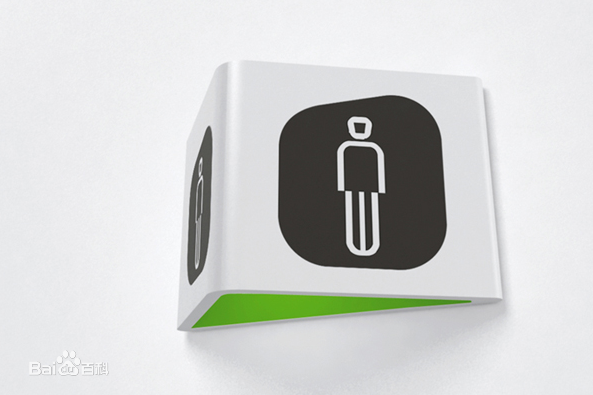To reduce Operation and Maintenance (O&M) costs on offshore wind farms, wherein 80% of the O&M cost relates to deploying personnel, the offshore wind sector looks to Robotics and Artificial Intelligence (RAI) for solutions. Barriers to Beyond Visual Line of Sight (BVLOS) robotics include operational safety compliance and resilience, inhibiting the commercialization of autonomous services offshore. To address safety and resilience challenges we propose a Symbiotic System Of Systems Approach (SSOSA); reflecting the lifecycle learning and co-evolution with knowledge sharing for mutual gain of robotic platforms and remote human operators. Our novel methodology enables the run-time verification of safety, reliability and resilience during autonomous missions. To achieve this, a Symbiotic Digital Architecture (SDA) was developed to synchronize digital models of the robot, environment and infrastructure and integrate front-end analytics and bidirectional communication for autonomous adaptive mission planning and situation reporting to a remote operator. A reliability ontology for the deployed robot, based on our holistic hierarchical-relational model, supports computationally efficient platform data analysis. We demonstrate an asset inspection mission within a confined space through collaborative governance (internal and external symbiosis) via decision-making processes and the associated structures. We create a hyper enabled human interaction capability to analyze the mission status, diagnostics of critical sub-systems within the robot to provide automatic updates to our AI-driven run-time reliability ontology. This enables faults to be translated into failure modes for decision making during the mission. We also increase situational awareness with foresight sensing, based on robust, opaque environment compliant sensing to monitor unforeseen ambient risks.
翻译:为了降低离岸风力农场的运行和维护(O&M)成本(O&M)成本(O&M成本的80%与部署人员有关),离岸风力部门期待机器人和人工智能(RAI)解决机器人问题。超视线(BVLOS)机器人面临的障碍包括操作安全合规和复原力,阻止离岸自主服务商业化。为了应对安全和复原力挑战,我们提议建立一个系统方法共生系统(SSOSA);反映生命周期学习和共同演进,通过知识共享共享知识共享机器人平台和远程人类操作员共同受益。我们的新方法使得能够在自主任务期间对安全、可靠性和复原力进行实时核查。为此,开发了一个Symsocial数字架构(SDADA)来同步机器人的数码模型,并整合前端分析和双向通信,以自主适应任务规划和向远程操作员报告情况。基于我们整体等级关系模型的部署机器人的可靠性支持计算高效的平台数据分析。我们通过协作治理,在内部进行资产测试,从而在空间内部进行不固定的自动分析,通过内部分析分析分析,从而进行内部分析,从而提高内部分析。





